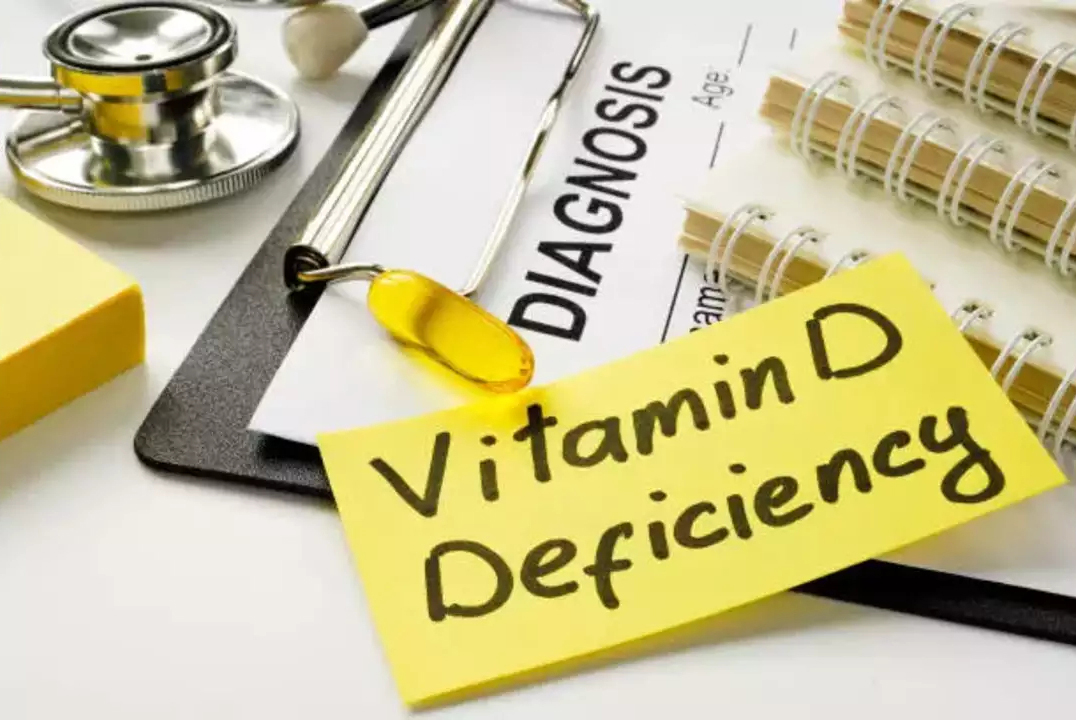
The Ultimate Guide to Vitamin D – Part 2 – What to do if your vitamin D deficient.
Vitamin D deficiency is the most common and easiest indicator of your health you need to be familiar with. Vitamin D is critical to your dental and overall health.
Unfortunately, there’s a good chance you have low vitamin D. If you have any of the following you likely have low vitamin D levels.
- Work indoors
- Don’t regularly get full body sunlight
- Avoid getting sun
- Aren’t eating nutrient diet rich in fat soluble vitamins – A,D, K2
- Eat a vegan diet
It’s estimated that 50 percent of the world is vitamin D deficient. And since it’s pretty difficult to take too much vitamin D (you’d need 10,000 IU or more for 3 months), I’d say it’s safe to assume you could probably use a little more vitamin D in your life.
I can’t say this enough: vitamin D is VITAL to both your dental health and your overall health. I often see people who think they eat healthy and exercise regularly, and all their hard work is easily be undermined by low vitamin D levels.
How do you know if you have low vitamin D levels? And if so, what should you do?
In Part 1 of this series, we examined how vitamin D improves brain function, gut health, and reduces your risk of mortality. Now, it’s time to find out how you can tell if you have low vitamin D levels and what you can do about it if you do.
What are the symptoms of low vitamin D?
Because vitamin D is such an integral part of your immune system health, some of the first symptoms of low vitamin D levels are overall malaise and getting sick easily.
The 10 most common symptoms of low vitamin D are:
- Getting sick easily or often
- Fatigue
- Chronic pain (often in your bones)
- Depression
- Gut issues
- Wounds that don’t heal
- Head sweating
- Bones that break easily
- Hair loss
- Weakness
Keep in mind, some people run a higher risk of having vitamin D deficiency than others.
Risk factors for vitamin D deficiency
There are several factors that put people at a higher risk of vitamin D deficiency, including:
- Being older
- Having darker skin
- Being overweight
- You have high muscle mass and low fat
- Not eating dairy or being vegetarian
- Living further from the equator
- Living in a polluted city
- Overly protecting yourself from the sun
- Not going outside often
- Having impaired kidneys
- Having digestive issues
If you have any of these characteristics you’ll likely need more vitamin D to account for the risk factors.
I recommend making an appoint with your doctor to test your vitamin D levels if you have any of the symptoms or risk factors listed above.
Vitamin D deficiency is so prevalent and significant to your health, it’s important to know you’re getting a sufficient amount.
Knowing your vitamin D status
Testing vitamin D levels is one of the most common tests I perform. Over the years, I’ve come to realize it’s more likely my patient will have vitamin D deficiency than not. The vitamin D test is a simple blood test called the 25(OH)D, which can be done with your doctor or at home with a finger prick test.
Once you’ve gotten tested for vitamin D, you’ll notice your results come in either ng/ml or nmol/L. Depending on which organization’s standards you compare yourself to, there are different ranges for sufficient vitamin D levels.
Here’s how the Vitamin D Council breaks it down:
- Deficient: 0-40 ng/ml (0-100 nmol/l)
- Sufficient: 40-80 ng/ml (100-200 nmol/l)
- High Normal: 80-100 ng/ml (200-250 nmol/l)
- Undesirable: > 100 ng/ml (> 250 nmol/l)
Remember that optimal vitamin D levels are different for different people.
Aim for a level of: 40-60 ng/ml or 100-150 nmol/L.
A quick note about conversion: You can convert a test from nmol/L to ng/ml by dividing by 2.5. For example, a 60 nmol/L test (divided by 2.5) would be 24 ng/ml. You can do the opposite conversion using multiplication. To convert ng/ml to nmol/L, simply multiply by 2.5. For example, 24 ng/ml multiplied by 2.5 is 60 nmol/L.
Because vitamin D directly influences your body’s metabolism of calcium, you’re likely to see an increase in calcium levels when you get more sun or start taking vitamin D supplements. However, you can also obtain vitamin D from these amazing foods that you probably know.
You have your test results – how much vitamin D do you need?
Based on your test results, you should take the corresponding quantity of supplements. Even better, get more sunlight in it’s corresponding amount. Here’s a quick look at what you should take to reach optimal vitamin D levels between 40-60 ng/ml or 100-150 nmol/L.
| If your vitamin D levels are between…. | You need this much vitamin D… |
| 0-10 ng/ml | 7,400 – 10,000 IU |
| 10-20 ng/ml | 7,000 – 9,700 IU |
| 20-30 ng/ml | 5,800 – 8,600 IU |
| 30-40 ng/ml | 4,600 – 7,300 IU |
| 40-50 ng/ml | 3,000 – 5,700 IU |
| 50-60 ng/ml | Maintain |
| 60-80 ng/ml | Monitor |
| Anything past 100 ng/ml | Cut back |
** Remember that everyone’s vitamin D levels and are different. So always consult your physician and test your levels regularly.
Vitamin D deficiency vs. absorption issues
If you aren’t getting enough vitamin D, it can be a relatively easy fix with increased sun exposure and supplementation. However, just because you’re getting enough vitamin D doesn’t mean your body is taking it in and using it efficiently.
For example, there are several enzymes that metabolize vitamin D and influence how it is used throughout the body. So, it’s not only important to get the right amount of vitamin D – you’ll also need the right cofactors to ensure your body is actually using it.
Also, if you find that you’re vitamin D deficient but believe you are getting sufficient levels either through the sun or supplementation, a gut issue could be causing absorption problems and impaired vitamin D synthesis. Studies have suggested that vitamin D deficiency could be due to inflammation and improper gut absorption, rather than the other way around.
If you’re having your vitamin D levels tested, you should be sure to also work on your gut health. If your gut isn’t properly absorbing your supplements, your efforts to bring your vitamin D levels up could be misdirected.
Notes on vitamin D levels and toxicity from the vitamin D council
- The human genome was selected with abundance of vitamin D. Humans evolved in the sun near the equator, synthesizing robust quantities of vitamin D in the skin. Research has shown that lifeguards, farmers near the equator, and sun dwelling hunter gatherers maintain blood levels between 40-80 ng/ml on sun exposure alone1,2,3.
- The Vitamin D Council believes that the maternal 25(OH)D status necessary to provide antirachitic activity for offspring should be considered a biomarker for optimal vitamin D status in humans. Research shows that antirachitic activity in breast milk occurs at 45 ng/ml or higher, but not at 38.4 ng/ml or lower4.
- Research has generally shown that parathyroid hormone is maximally suppressed at 40 ng/ml or higher, another finding that the Vitamin D Council considers a biomarker for optimal vitamin D status5,3.
- The human body is usually unable to achieve 25(OH)D levels above 100 ng/ml on UVB exposure alone3. There are no studies to date to suggest that 25(OH)D levels over 100 ng/ml are beneficial, so the Vitamin D Council believes that the upper limit should be set at 100 ng/ml.
- Vitamin D toxicity manifests itself by hypercalcuria and hypercalcemia. Research has shown that serum calcium levels are not related to 25(OH)D levels up to 257 ng/ml6, but cases of toxicity have been reported at levels as low as 194 ng/ml7.
How to test your Vitamin D levels at home
I recommend testing 4x every year minimum. After few months of supplementing RE-TEST.
Buy 3-4 tests online tests from these locations
Home Vitamin D Testing Kits
US
Vitamin D Council-> Get It Here
Physicians Best -> Get It Here
ZRT Lab – > Get It Here
UK
Cerascreen -> Get It Here
Sun VitD3 -> Get It Here
Thriva -> Get It Here
Vitamin D is vital to dental and overall health
Know your vitamin D status. Make an appointment with your doctor and ask them to test your vitamin D levels, then take the appropriate next steps. Testing your vitamin D levels is easy and could offer you a simple yet very effective health boost!
In Part 3 of this series, we are going to look at how you can increase your vitamin D levels with surprising sun enhancing tips. Did you know taking a shower too soon after you sunbathe can actually wash away vitamin D as your body is making it? Learn more about this and other sunshine tips in Part 3.
The Dental Diet is your 40-day food program for life-long sufficient vitamin D levels.
Now I want to hear from you.
Have you had your vitamin D levels tested recently?
For more information on Dr. Lin’s clinical protocol that highlights the steps parents can take to prevent dental problems in their children: Click here.
Dr Steven Lin’s book, The Dental Diet, is available to order today. An exploration of ancestral medicine, the human microbiome and epigenetics it’s a complete guide to the mouth-body connection. Take the journey and the 40-day delicious food program for life-changing oral and whole health.
Click below to order your copy now:
US AMAZON
US Barnes & Noble
UK AMAZON
Australia BOOKTOPIA
Canada INDIGO
Resources:
https://www.ncbi.nlm.nih.gov/pmc/articles/PMC3356951/#ref1
https://www.vitamindcouncil.org/about-vitamin-d/am-i-getting-too-much-vitamin-d/
https://www.vitamindcouncil.org/about-vitamin-d/testing-for-vitamin-d/
https://www.ncbi.nlm.nih.gov/pmc/articles/PMC4160567/
https://www.vitamindcouncil.org/about-vitamin-d/testing-for-vitamin-d/
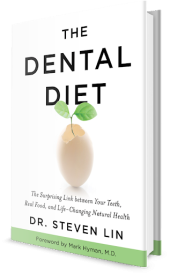
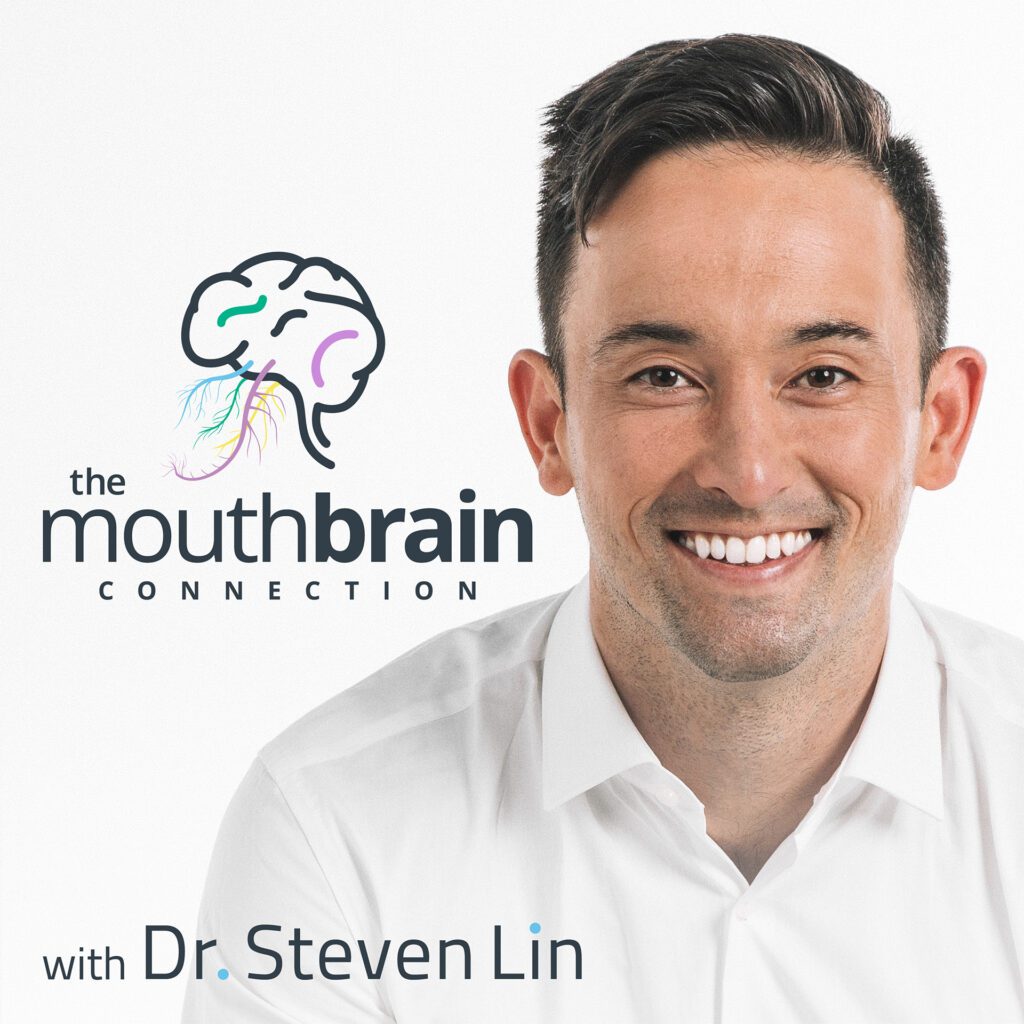

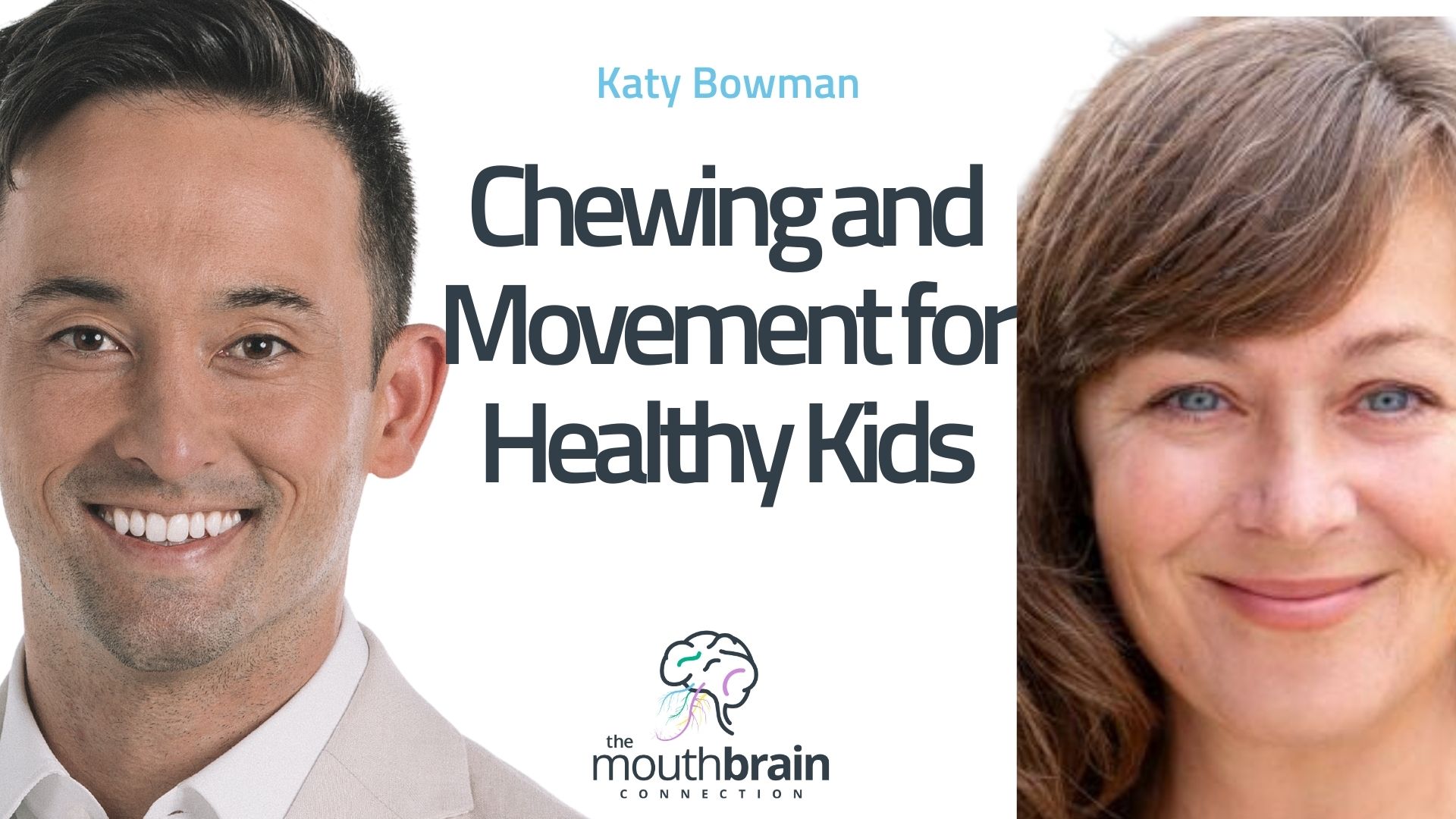

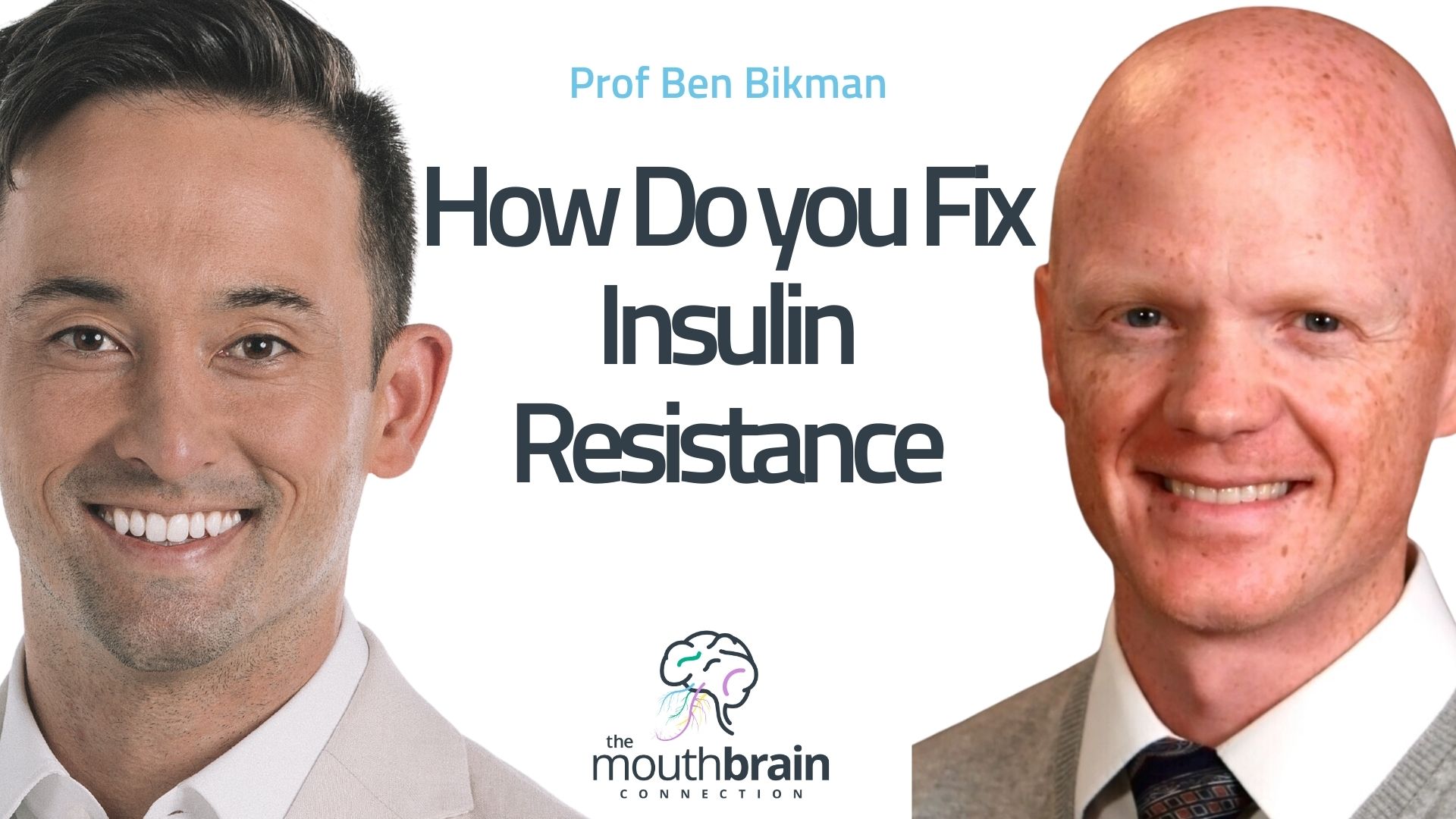

2 Responses
My son is a roofer past 7 years in sunny PA. He is in the sun 8 months out of year and bicycles frequently. He has blond hair, blue eyes, wears NO sunscreen or shirt when roofing. He recently got his Vitamin D level checked for first time, being a vegetarian past few yrs. and test results were a mere 27, lower than mine, and i rarely got any sun past 2 years and I am a celiac.
Vitamin D pills give him a stomachache.
How could his levels be so low. Blood test mixup? He thinks so. He is going to repeat test in August.
Surely he can find some vitamin D supplement that doesn’t give him a stomachache. There are even drops in coconut oil–for example the brand Carlson.
It’s been shown (recently I think) that vitamin D from the sun takes a couple days to be really absorbed into the sun. So if your son showers daily (likely given how active he is), he might be absorbing little. Dr. Mercola talks about this, and while he recommends not using on the “large” areas of the body and claims that we weren’t “designed to use soap,” I think this is silly and that we just probably wash more than we should (think, Middle Ages :-). Anyway, he could try washing his exposed areas less frequently.
https://articles.mercola.com/sites/articles/archive/2009/05/12/shocking-update-sunshine-can-actually-decrease-your-vitamin-d-levels.aspx